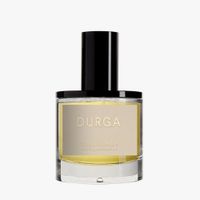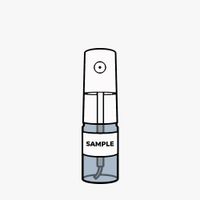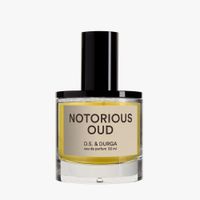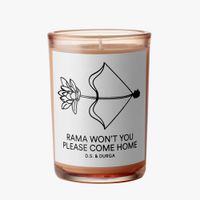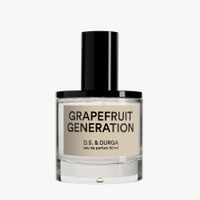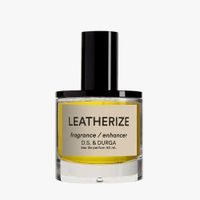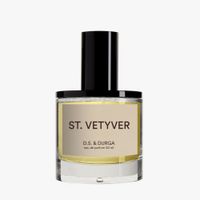D.S. & Durga
DURGA – Eau de Parfum – Sample
Prices incl. VAT plus shipping costs
In stock
Delivery within 1–3 Days
- Less waste
- Vegan
- Travel-size
Tuberose flower is creamy white, green and narcotic – and so is this fragrance. The most precious doses of the finest floral absolues are captured in this bottle. Dry-woody orris butter and bitter already almost sharp-floral orange blossom dance around each other in a compelmenting contrast while ylang-ylang adds a cool dampness. Arabian jasmine is one of the most important elements in the perfumer's palette and has the mystical ability to fuse disparate contrasts. Finally, chrysanthemum adds a real note to tuberose – a green fruit and chalky earth that prolongs the fullness of tuberose. A fragrance so unimaginably narcotic.
Top Notes: Green Tuberose, Melon, Chrysanthemum
Heart Notes: Ylang Ylang, Orris Butter, Orange Blossom
Base Notes: Tuberose Absolute, Sambac Jasmine, Fine Musc

D.S. & Durga is a Brooklyn-based brand whose fragrances tell stories that transport you to faraway places. Each fragrance is a fragment of half-remembered myths of pioneers, frontierswomen and cowboys, imaginary landscapes, saloons and workbenches that invite discovery. According to the founders, the art of a perfume lies not only in the quality but also in the handling of the individual components. D.S. stands for David Seth Moltz, who taught himself how to make perfume. He lives his passion for transforming musical and literary spaces into fragrances ...More

